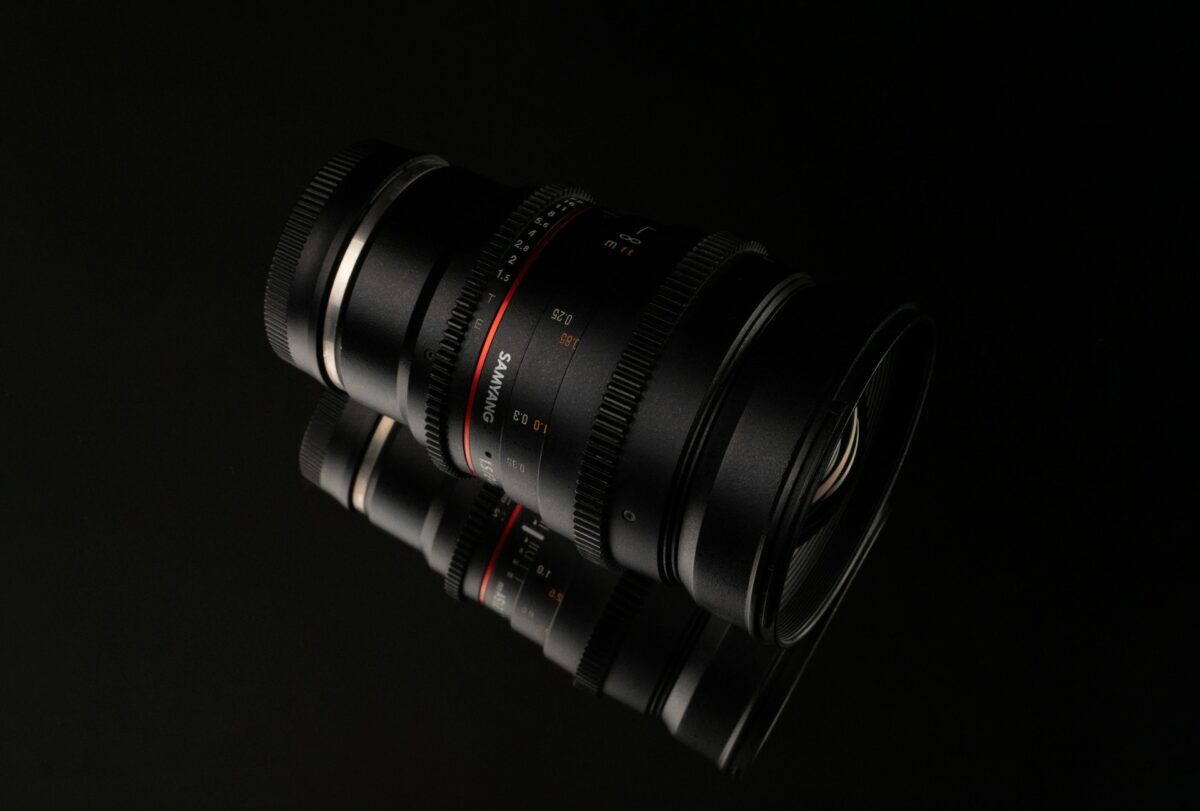
As an Amazon Associate we earn from qualifying purchases.
Keeping in mind that both the 14mm and 24mm lenses are wide-angle lenses ideal for use in interior real estate
Quick Navigation
Focal length is the distance, usually in millimeters, between the sensor and the optical center of a lens. Normally, it is indicated on the lens barrel and helps to determine the magnification or how much of the scene will be captured.
The 14mm and 24mm units are popular prime lenses because of the amazing picture quality they deliver. However, their difference in focal length impacts their applicability and performance.
The 14mm lens has a focal length of 14mm. Being an ultra-wide-angle lens, it provides you with an ultra-wide field of view, making it ideal for astrophotography, landscape, and real estate exterior
|
Brand:
Sony FE 14mm F1.8
|
Brand:
Sigma 14mm F/1.8
|
Brand:
Canon EF 14mm f/2
|
|
Item Weight:
1.01 pounds
|
Item Weight:
2.57 pounds
|
Item Weight:
1.42 pounds
|
|
Compatible Mountings:
Sony E
|
Compatible Mountings:
Canon EF
|
Compatible Mountings:
Canon EF
|
|
Primary Rating:
4.7
|
Primary Rating:
4.7
|
Primary Rating:
4.4
|
Keeping in mind that the 14mm is when the lens is mounted on a full-frame camera. If paired with an APS-C camera with a crop factor of 1.5x, the 14mm focal length increases to 21mm.

Like the 14mm, the 24mm lens has a focal length of 24mm. Although its ability to capture wide-angle images is less appealing compared to the 14mm, it is also a better option for street, real estate, and landscape photographers who love capturing broader scenes with minimal abnormalities.
|
Brand:
Sony E-mount FE 24mm
|
Brand:
Nikon NIKKOR Z 24mm f/1
|
Brand:
Sigma 24mm f/1.4
|
|
Compatible Mountings:
Sony E
|
Compatible Mountings:
Nikon Z
|
Compatible Mountings:
Canon EF
|
|
Lens Type:
Wide Angle
|
Lens Type:
Wide Angle
|
Lens Type:
Wide Angle
|
|
Primary Rating:
4.7
|
Primary Rating:
4.6
|
Primary Rating:
4.4
|
Considering that the field of view varies depending on your camera's sensor size, the 24mm lens has a field of view of 61 degrees on a crop sensor and a field of view of 84 degrees on a full-frame sensor.
Typically, there is a difference of about 10 mm between the focal lengths of the 14mm and 24mm lenses. The difference makes one have a deep field of view and the other one a shallow field of view, resulting in the following differences and similarities.
Even though the two lenses have a difference in focal length, both are versatile lenses depending on the sensor size you pair them with, giving them the following similarities.
Although both lenses are ideal for use in low lighting conditions, the difference in angle of view between the two lenses gives them the following weight and depth of field differences.
Camera shake is the camera's vibration or movement during exposure of an image. This effect is caused by subject or camera movement when shooting without a tripod, using slower shutter speeds, or cranking up the ISO to boost the sensitivity of the sensor.
Unfortunately, the focal length of a lens amplifies this effect instead of minimizing it. Typically, lenses with longer focal lengths will mostly have a zooming effect which enlarges far away subjects.
The enlargement increases the tiny camera movements, which in turn magnifies the blurring effect on your image. This means that a 24mm lens has a higher chance of taking unsteady videos and blurry pictures without a tripod than a 14mm unit.

Bokeh is the aesthetically appealing out-of-focus blur on an image when using a maximum wide aperture. Both the 14mm and 24mm are wide-angle lenses with bright apertures. This means they can blur the background of the main subject in an image.
However, due to their difference in focal length, their ability to blur the background differs. Shorter focal lengths result in a less appealing perspective compression than their longer focal lengths counterparts.
The compression makes the out-of-focus effect spread out less, meaning that the bokeh quality produced by the 14mm lens is less appealing than that of a 24mm even when using the same subject to background distances and aperture configurations.
If moving around shooting different real estate properties, the size and weight of your setup are the key things to consider. Generally, the size and weight of a lens vary across lenses depending on the barrel length, construction materials, and which sensor the optics are designed to fit.
Lenses designed for crop factor cameras are compact and lightweight, while those designed for full-frame sensors are broader and heavier. Again, lenses with longer focal lengths have longer barrel lengths than their shorter counterparts.
As a result, the 24mm lens is heavier and bulkier than the 14mm unit, making it unsuitable for carrying around when shooting different real estate properties handheld.
Distortions are the major distinguishing factor between the 14mm and 24mm lenses. Distortion is when elements in an image appear different from how they look in real life.
For instance, after capturing a tall building, you may realize that the building appears narrow and tends to extend toward the sky. This type of distortion is known as perspective distortion, and it is normally created by the subject's position in relation to the camera.
Keeping in mind that a 14mm lens has a wider field of view than a 24mm, it will likely produce more distortions as it tries to compress the scene to fit in the frame.
Considering that a 14mm lens has a deeper depth of field, it might be the ideal option to use under the following conditions.

Since the 24mm lens has a longer focal length and an appealing bokeh quality, it might be the best lens to use in the following circumstances.
The 24mm lens is better as it causes fewer distortions when capturing exterior photos of a real estate property, maintaining the overall quality and sharpness of an image. Its weight is an advantage when using a tripod as it helps stabilize it, especially if shooting in windy conditions.
Although you can use both lenses to capture faraway subjects, the 24 mm lens can capture real estate photos of distant subjects more clearly than the 14 mm lens. This is because the longer focal length results in a narrower angle of view which cuts out the elements in the background, creating a magnification effect.
The 24mm lens is more popular than the 14mm because it mostly comes as a kit lens by most renowned camera manufacturers, relieving you of the hassles of buying a lens separately once you buy a camera. This makes it a better option for beginner photographers who might not be familiar with lenses.
Yes, you can use the 14mm lens for event photography as it is an ultra-wide angle lens that allows you to capture a broader scene, even in tight spaces. For instance, if capturing a corporate award event, you can take clear individual images of varying employees taking their awards or a group shot of company leaders.
The above 14mm vs 24mm guide will help you know which lens to choose if capturing handheld or taking photos in tight corners. The 24mm unit has a broader field of view, while the 24mm unit is more versatile and results in a more pleasing bokeh effect.
